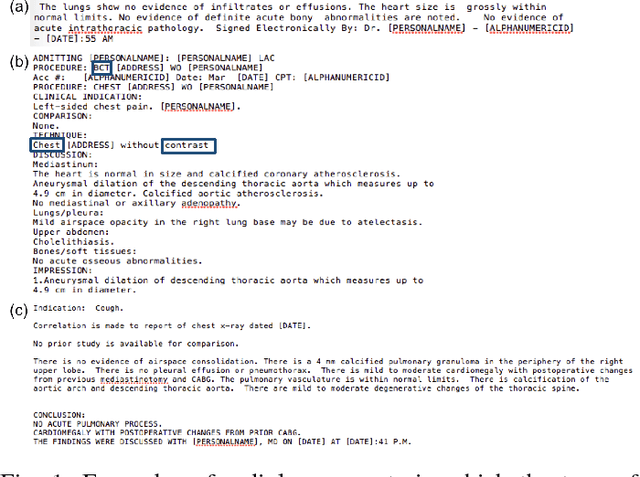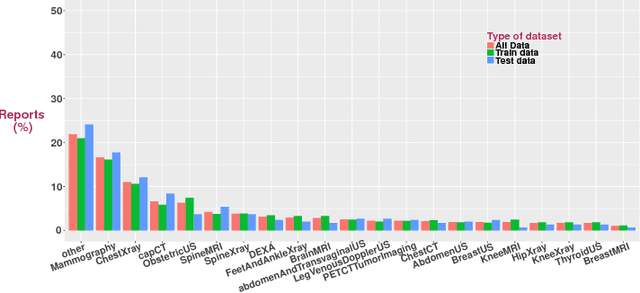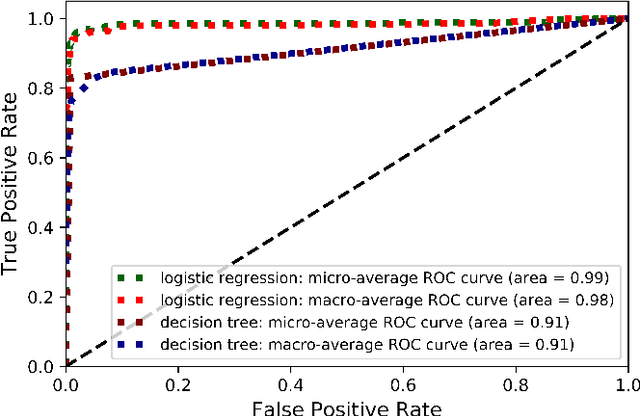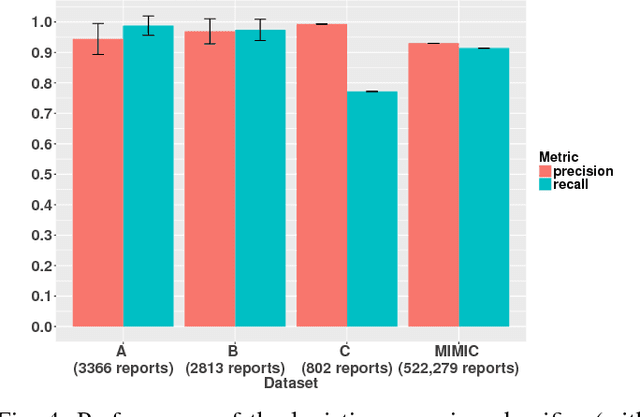Marina Bendersky
Receptivity of an AI Cognitive Assistant by the Radiology Community: A Report on Data Collected at RSNA
Sep 13, 2020



Abstract:Due to advances in machine learning and artificial intelligence (AI), a new role is emerging for machines as intelligent assistants to radiologists in their clinical workflows. But what systematic clinical thought processes are these machines using? Are they similar enough to those of radiologists to be trusted as assistants? A live demonstration of such a technology was conducted at the 2016 Scientific Assembly and Annual Meeting of the Radiological Society of North America (RSNA). The demonstration was presented in the form of a question-answering system that took a radiology multiple choice question and a medical image as inputs. The AI system then demonstrated a cognitive workflow, involving text analysis, image analysis, and reasoning, to process the question and generate the most probable answer. A post demonstration survey was made available to the participants who experienced the demo and tested the question answering system. Of the reported 54,037 meeting registrants, 2,927 visited the demonstration booth, 1,991 experienced the demo, and 1,025 completed a post-demonstration survey. In this paper, the methodology of the survey is shown and a summary of its results are presented. The results of the survey show a very high level of receptiveness to cognitive computing technology and artificial intelligence among radiologists.
Classification of radiology reports by modality and anatomy: A comparative study
Dec 27, 2018



Abstract:Data labeling is currently a time-consuming task that often requires expert knowledge. In research settings, the availability of correctly labeled data is crucial to ensure that model predictions are accurate and useful. We propose relatively simple machine learning-based models that achieve high performance metrics in the binary and multiclass classification of radiology reports. We compare the performance of these algorithms to that of a data-driven approach based on NLP, and find that the logistic regression classifier outperforms all other models, in both the binary and multiclass classification tasks. We then choose the logistic regression binary classifier to predict chest X-ray (CXR)/ non-chest X-ray (non-CXR) labels in reports from different datasets, unseen during any training phase of any of the models. Even in unseen report collections, the binary logistic regression classifier achieves average precision values of above 0.9. Based on the regression coefficient values, we also identify frequent tokens in CXR and non-CXR reports that are features with possibly high predictive power.
 Add to Chrome
Add to Chrome Add to Firefox
Add to Firefox Add to Edge
Add to Edge